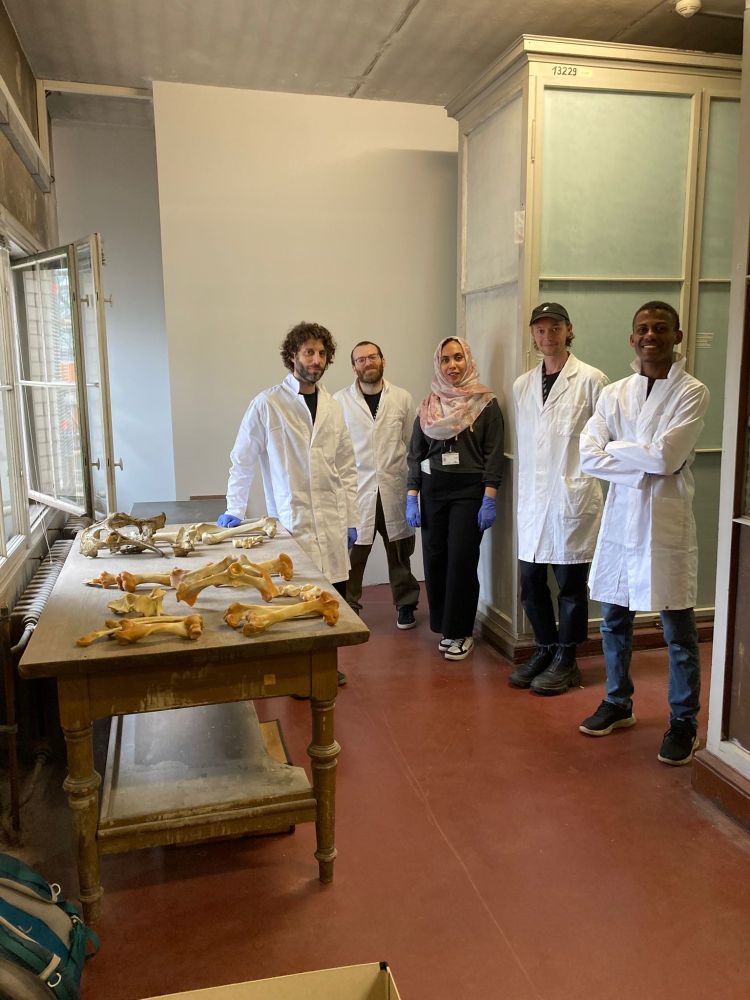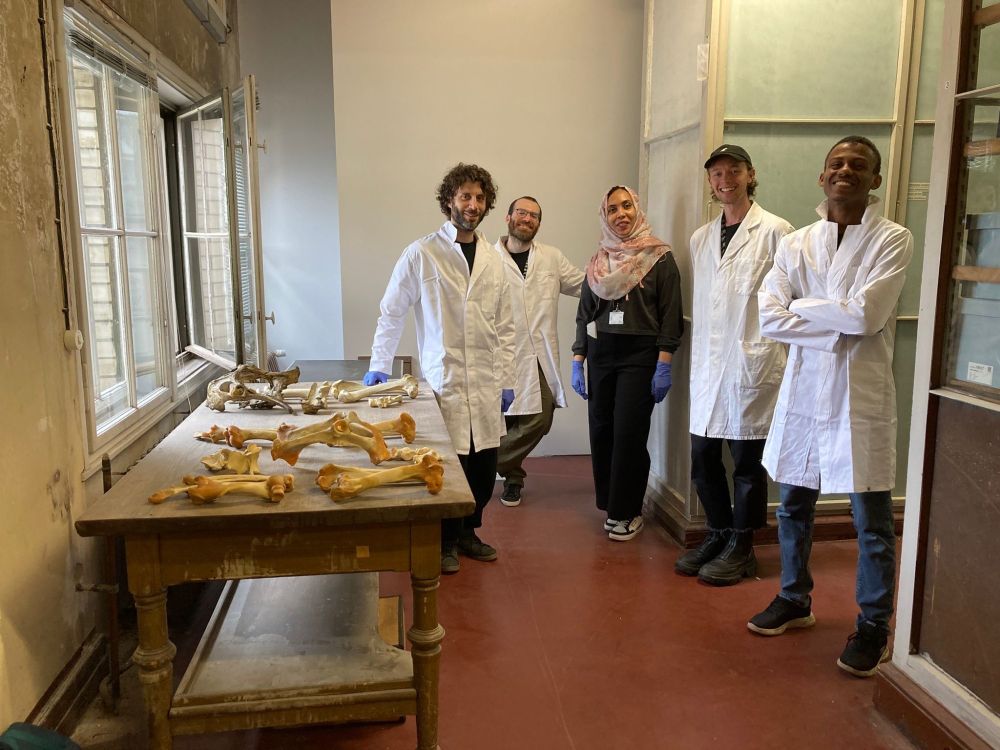
Johannes Müller and Faysal Bibi research group at the
@mfnberlin.bsky.social
check out our web: https://amniota.org
#paleontology #vertebrates #morphology #3D
Johannes Müller is a German prehistoric archaeologist. Currently, he is Professor at Kiel University. He has achieved a high international reputation in the field, as he has repeatedly initiated or played a major role in developing great research projects, such as the Priority Programme SPP 1400, the Excellence Initiative "Graduate School: Human Development in Landscapes", the Collaborative Research Centre CRC 1266 and the Cluster of Excellence ROOTS. Judging by the interdisciplinary character of these projects, the number of universities and research institutes from different countries involved and, above all, the budget provided by the German Research Foundation, these projects can be described as extraordinary in this research field. .. more
A new JSP paper by Sorbelli 𝘦𝘵 𝘢𝘭. describes an extinct 𝙇𝙖𝙩𝙤𝙣𝙞𝙖 species (Anura: Discoglossidae) from the Early Pleistocene of the Apennine Peninsula—offering fresh clues on how the genus survived in Eurasia.
Read more: buff.ly/NGVelt5 #Paleosky @amniotalab.bsky.social

Sorbelli and collaborators describe a fossil frog from Early Pleistocene Italy: a large, robust frog that likely hunted hard-shelled invertebrates!
don't miss it!👇

Faysal Bibi and Jean-Renaud Boisserie describe a fossil buffalo from Ethiopia, revealing how early members of the lineage evolved into today’s African buffalo 🐃
paleo.peercommunityin.org/PCIPaleo/art...
Reposted by Johannes Müller
55 years missing: An international team led by the museum rediscovered the Turkestan long-eared bat in the Karakum Desert. Endemic species like 𝘗𝘭𝘦𝘤𝘰𝘵𝘶𝘴 𝘵𝘶𝘳𝘬𝘮𝘦𝘯𝘪𝘤𝘶𝘴 reveal how life adapts – and why protecting unique habitats matters. 🌏
📹 Christian Dietz
#biodiversity #bats
Reposted by Johannes Müller

A new JSP paper by Sorbelli 𝘦𝘵 𝘢𝘭. describes an extinct 𝙇𝙖𝙩𝙤𝙣𝙞𝙖 species (Anura: Discoglossidae) from the Early Pleistocene of the Apennine Peninsula—offering fresh clues on how the genus survived in Eurasia.
Read more: buff.ly/NGVelt5 #Paleosky @amniotalab.bsky.social

Thank you for sharing your passion for paleoanthropology with us!

He shared his work on Neogene mammal fossils from the classical Siwalik sequences, and highlighted the work still ahead💪

👏 @pierreorgebin.bsky.social @robertorozzi.bsky.social
🔗 royalsocietypublishing.org/doi/10.1098/...

🔗 Read more:
www.sciencedirect.com/science/arti...
#Paleontology #Pleistocene #Fossils
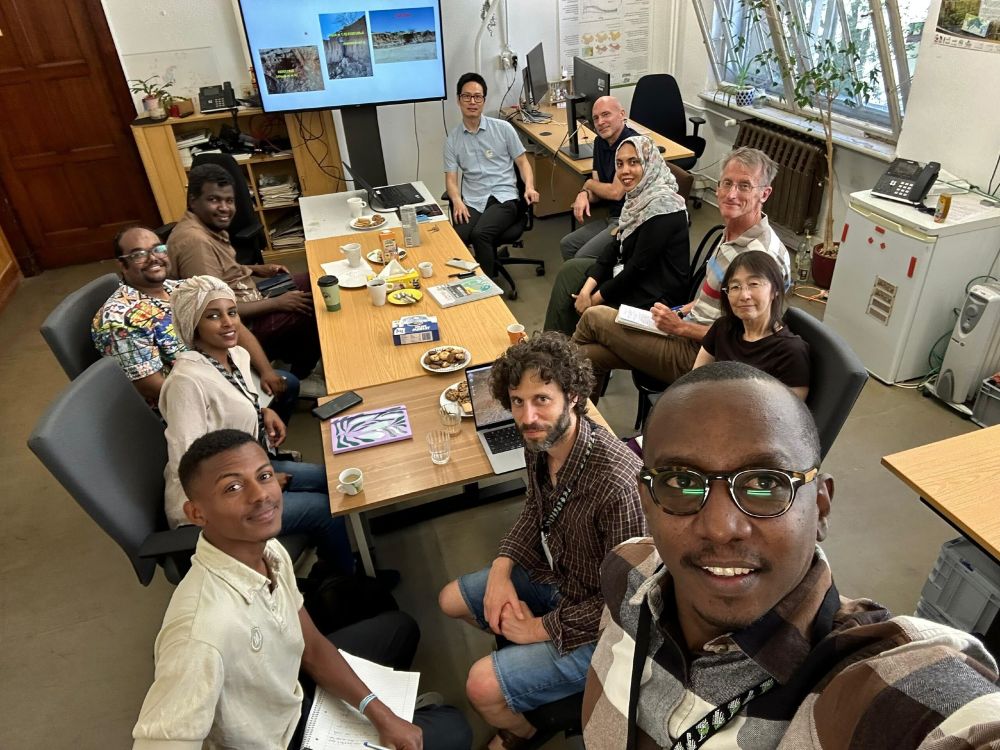
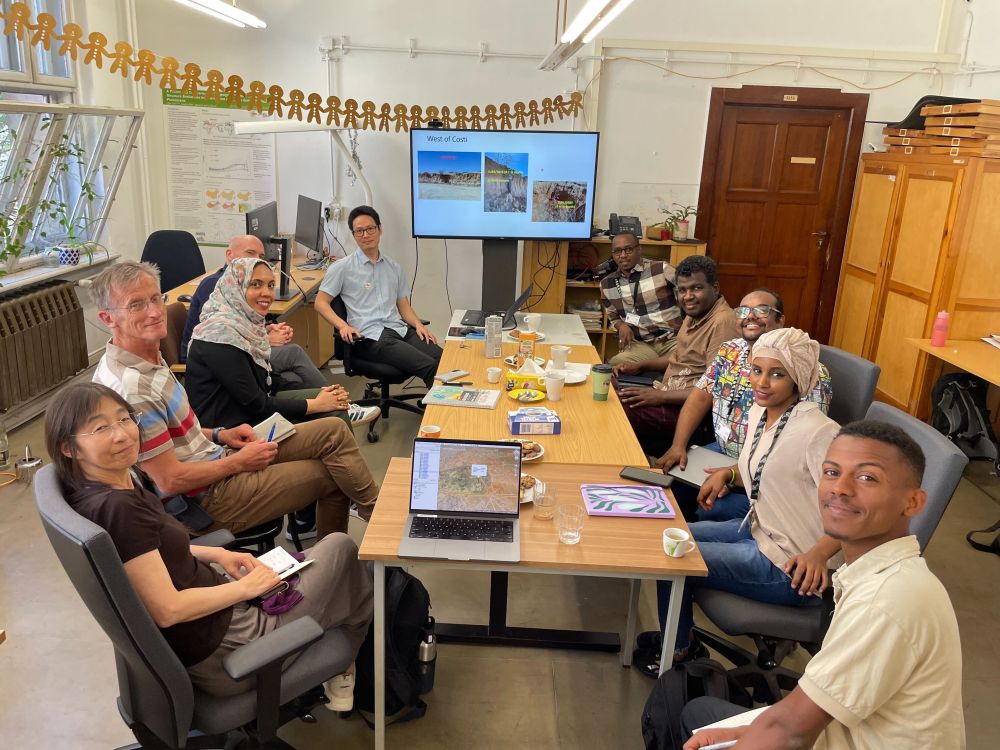
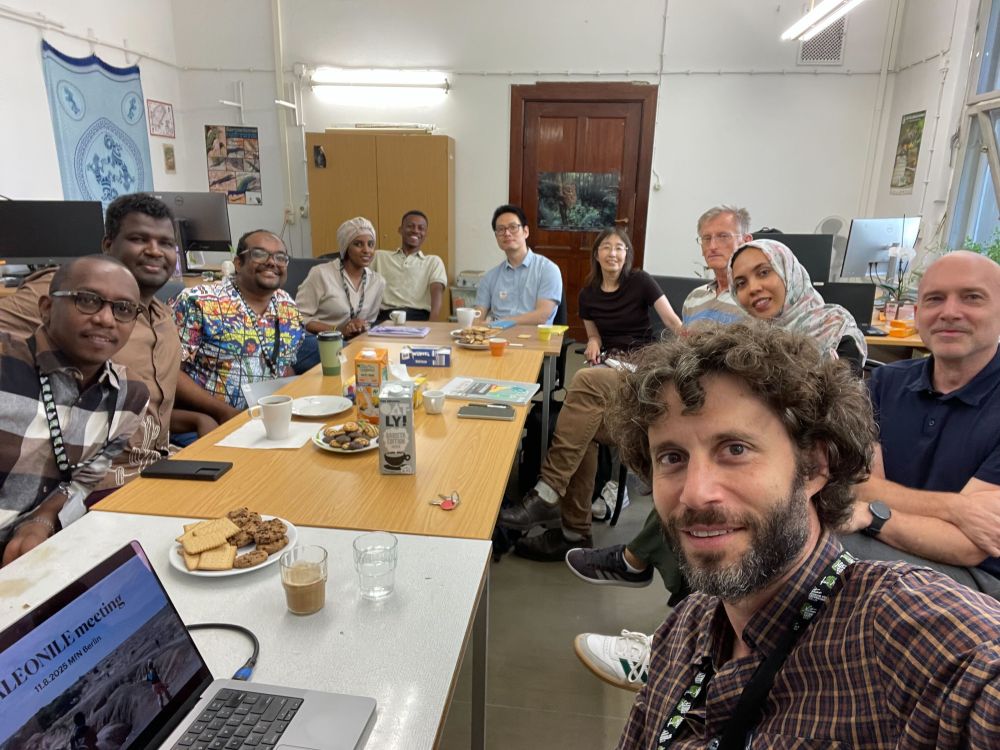
Team from MfN, TU Berlin, LIAG Hannover, Institute of Archaeology Prague, plus Al Neelain University & Khartoum Natural History Museum, Sudan 🇸🇩
@mfnberlin.bsky.social @tuberlin.bsky.social
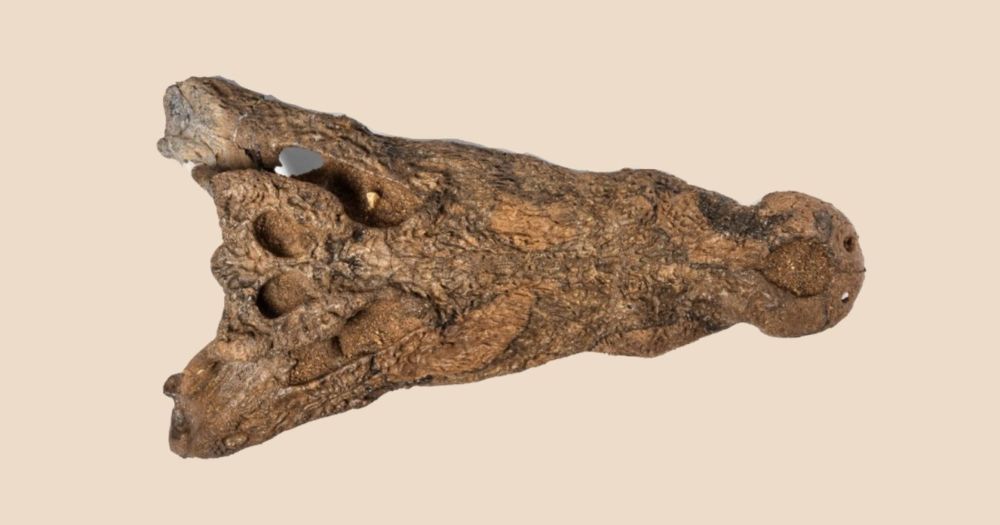
Don't miss it:
www.aljazeera.net/science/2025...
#PALEONILE project @mfnberlin.bsky.social

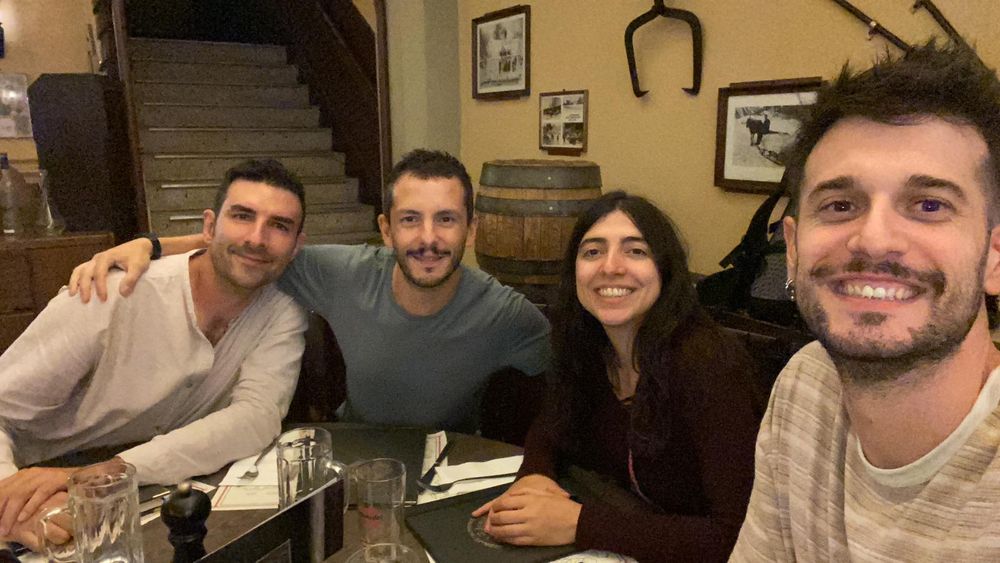
Huge thanks to @cpeg-cpb25.bsky.social for a great conference, and for recognizing our poster as one of the best! An honor to be part of it 🙌

Khalafallah Salih et al. describe a new Late Pleistocene crocodile from #Sudan 🐊
the first 𝘊𝘳𝘰𝘤𝘰𝘥𝘺𝘭𝘶𝘴 from this period in Africa, and distinct from all known species!
Just the beginning for the #PALEONILE project 🌍🦴
🔗 Read more: www.nature.com/articles/s41...

🔗 More:
academic.oup.com/evolut/advan...
#Evolution #Lizards #FunctionalMorphology
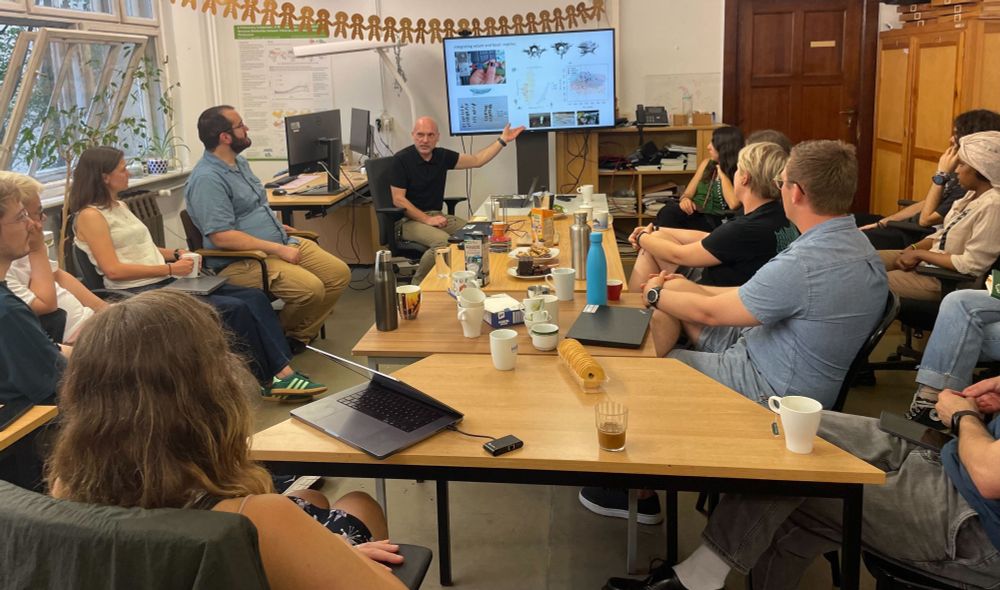
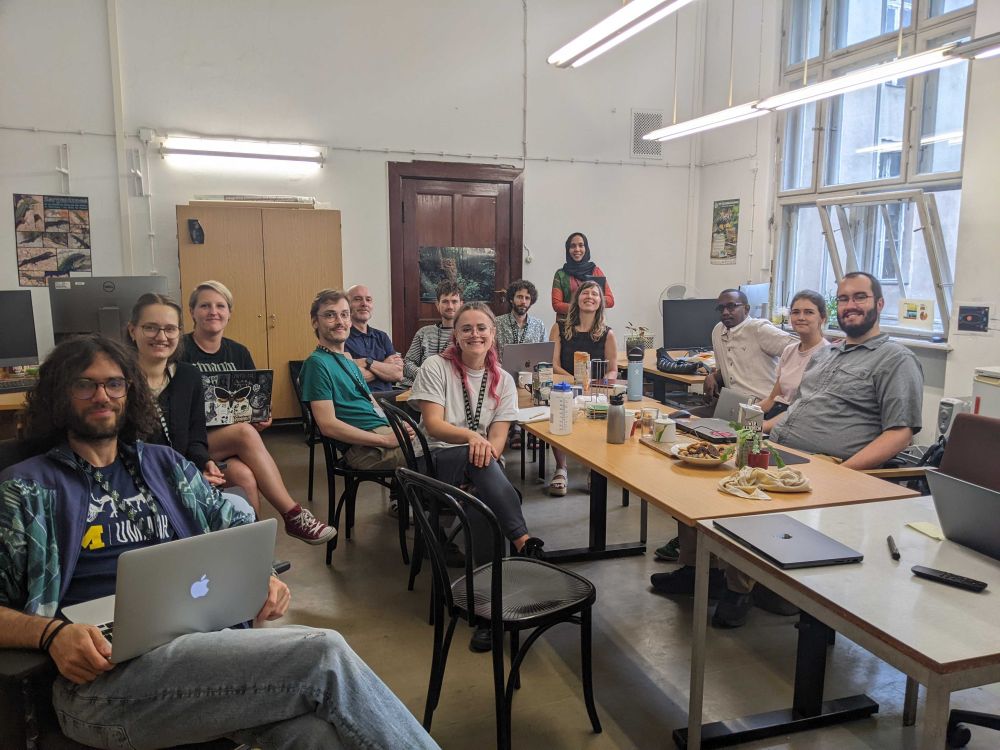
A fantastic few days of sharing ideas, methods, and common interests.
Looking forward to more collaboration ahead!
#EvolutionaryBiology #Paleobiology #AmniotaLab
Reposted by Johannes Müller
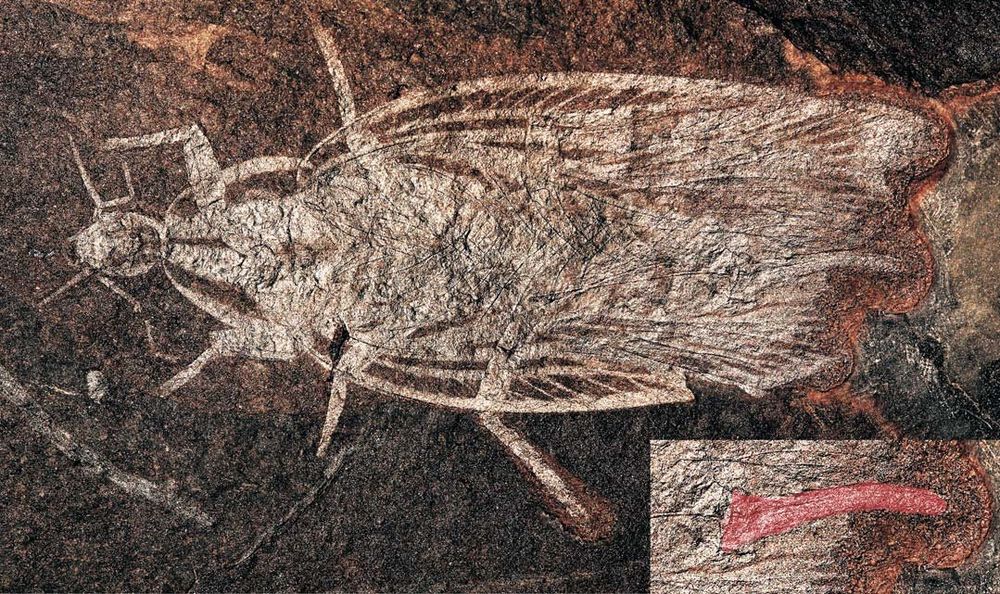
⚒️🧪🦀🦑 #evosky
Reposted by Johannes Müller


A new #AmniotaLab study shows a 5-fold increase in suitable habitat since 2015 driven by climate shifts, land use, and dispersal corridors. Rising encounters raise urgent public health concerns.
🔗 Read more: herpetozoa.pensoft.net/article/1434...
Reposted by Johannes Müller
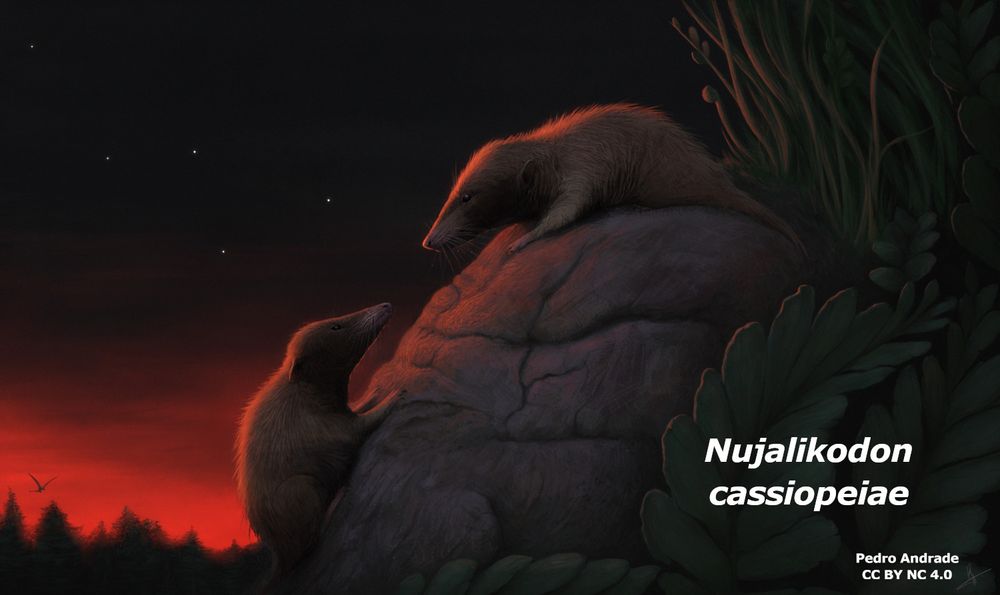
Reposted by Johannes Müller

sciencythoughts.blogspot.com/2025/06/malf...
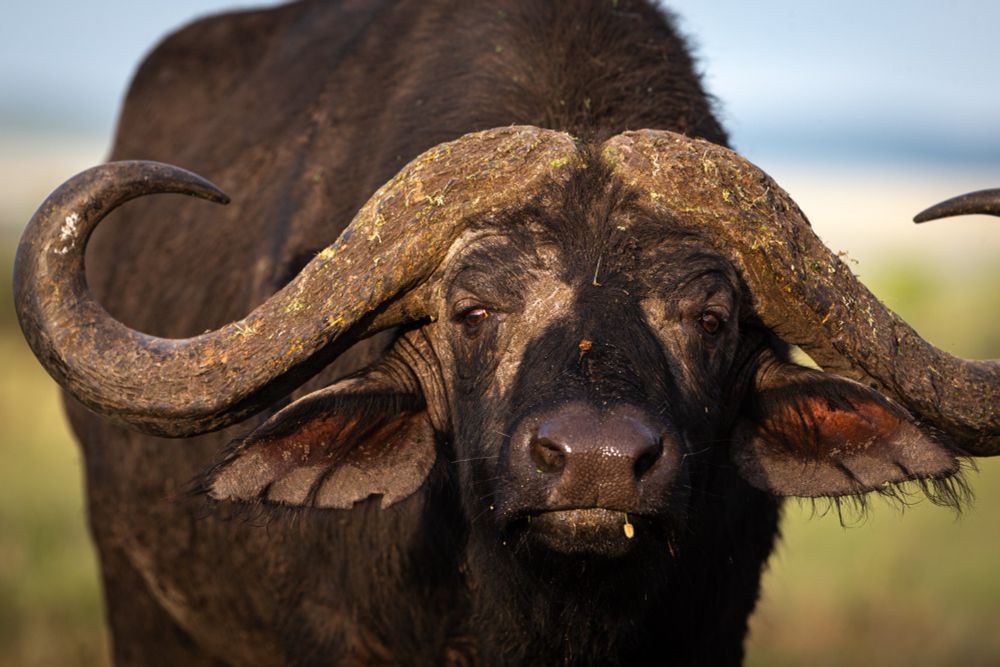
www.museumfuernaturkunde.berlin/de/museum/me...

www.museumfuernaturkunde.berlin/en/museum/me...
www.nature.com/articles/s41...
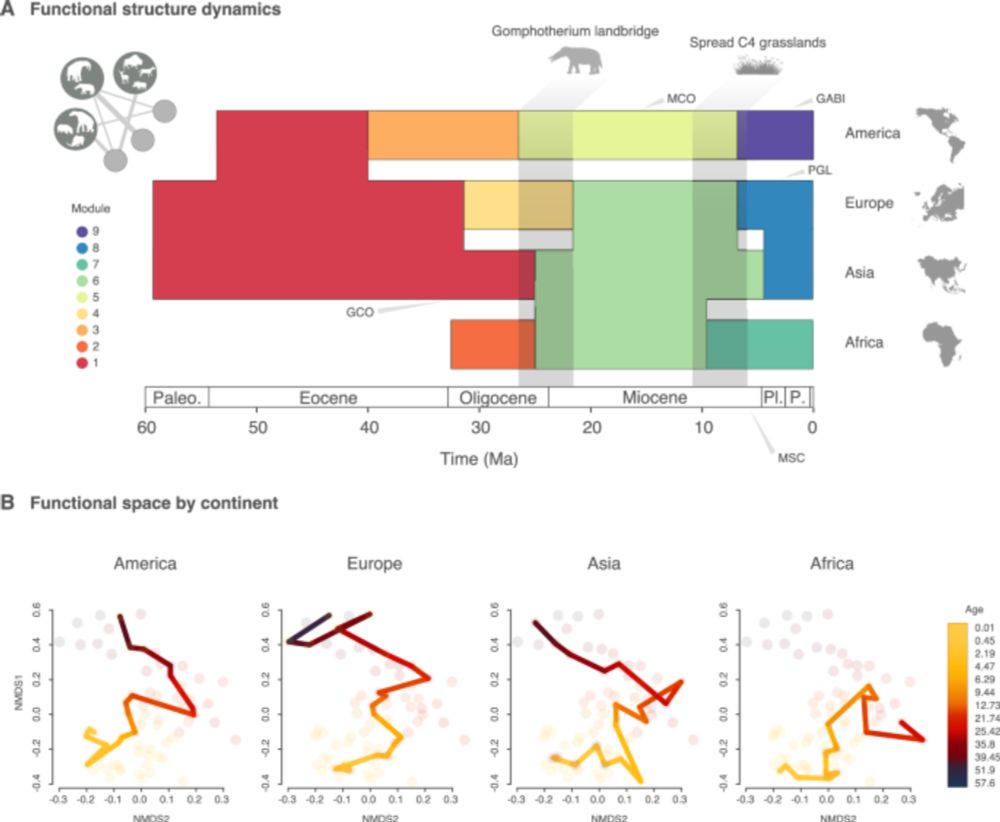
Reposted by Johannes Müller
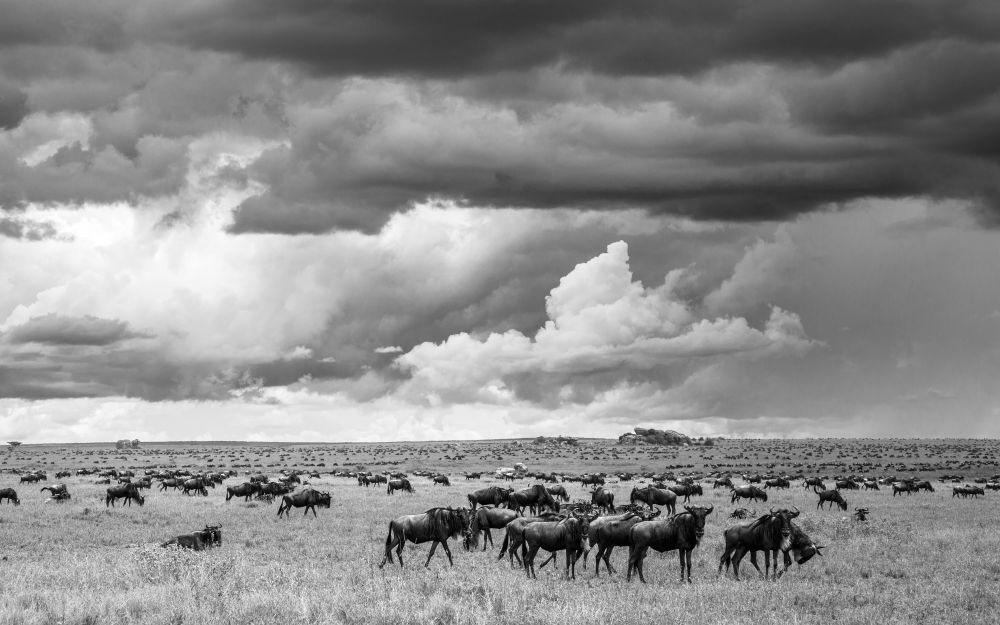
📸 @singerstone.bsky.social
Reposted by Joseph A. Tobias, Johannes Müller, Nepal

www.nature.com/articles/s41...
Reposted by Johannes Müller
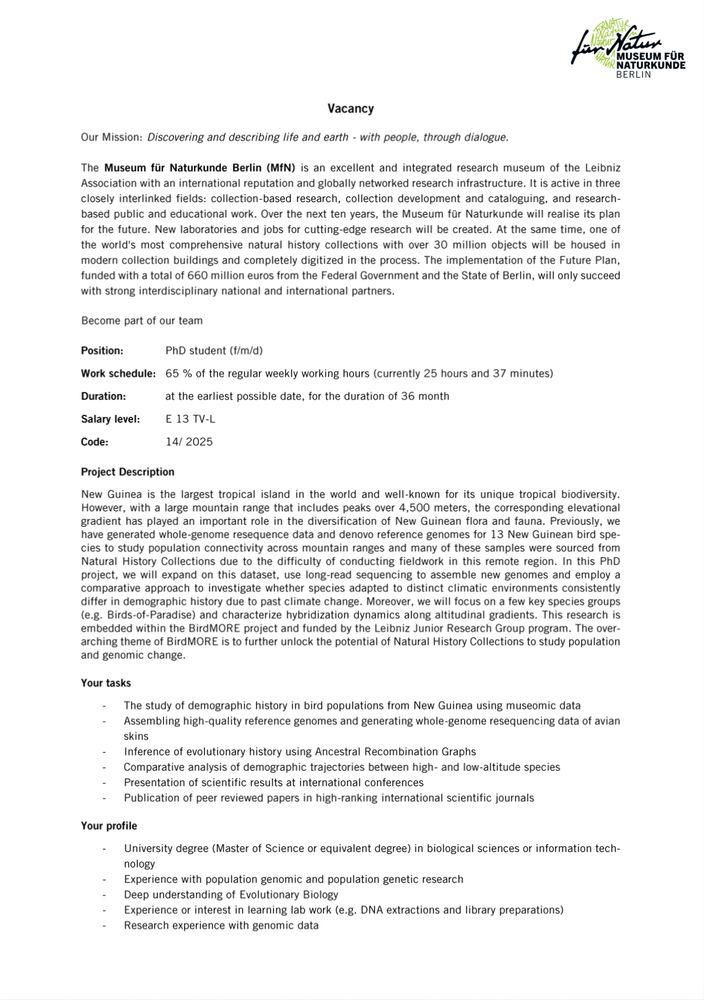

Join Mozes Blom’s group at @mfnberlin.bsky.social to study the demographic history of New Guinea bird populations 🐦🌴
#PhD #Ornithology #Evolution #Genomics
🗓️Apply by 11.06.2025
More info 👇
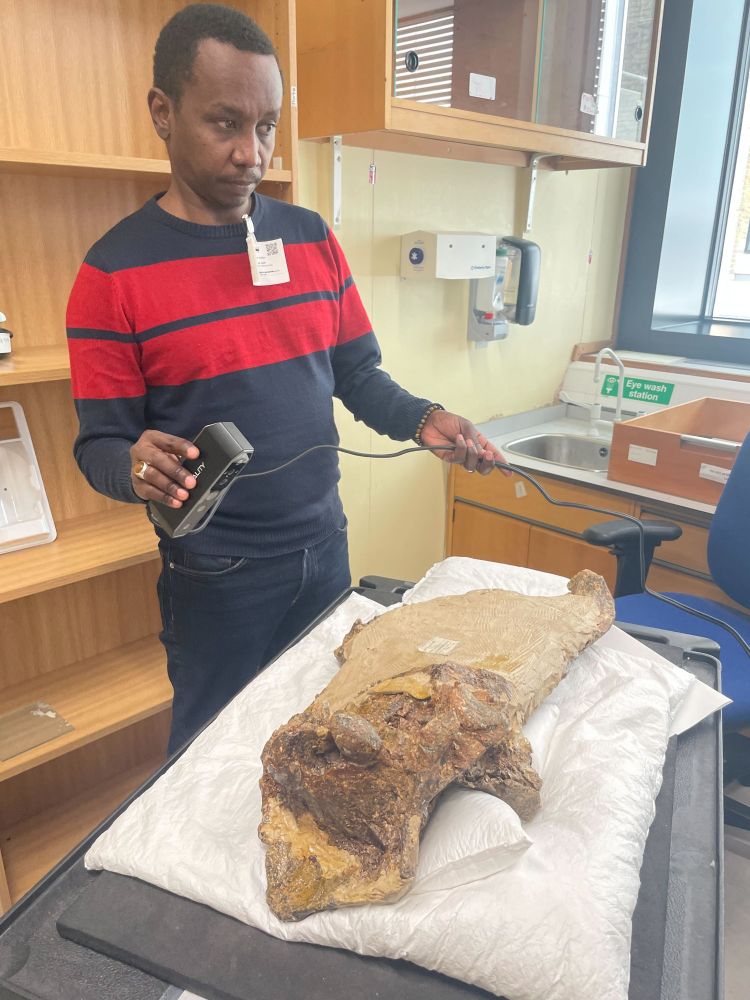
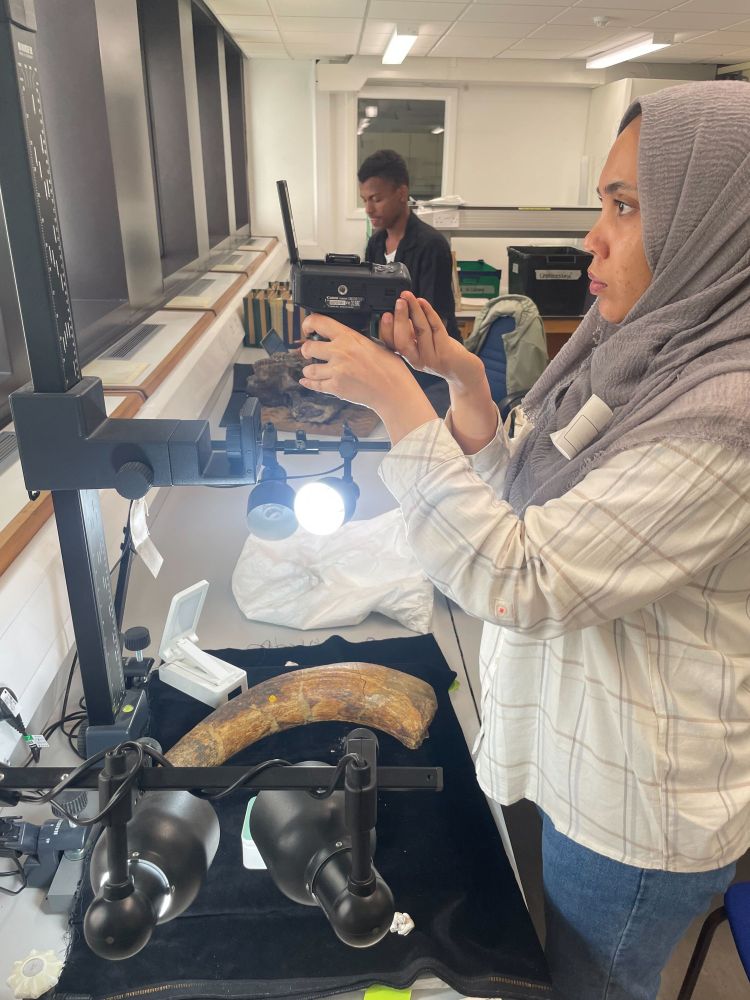
Stay tuned for more cool paleo stuff
Reposted by Johannes Müller
Reposted by Johannes Müller



